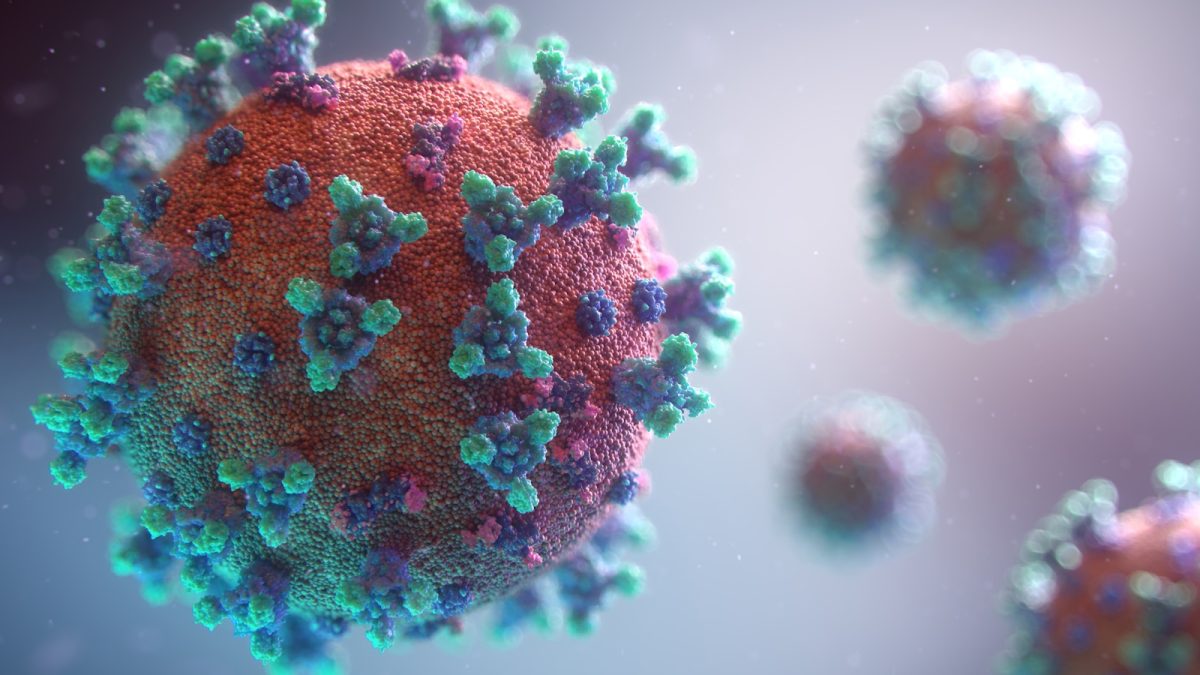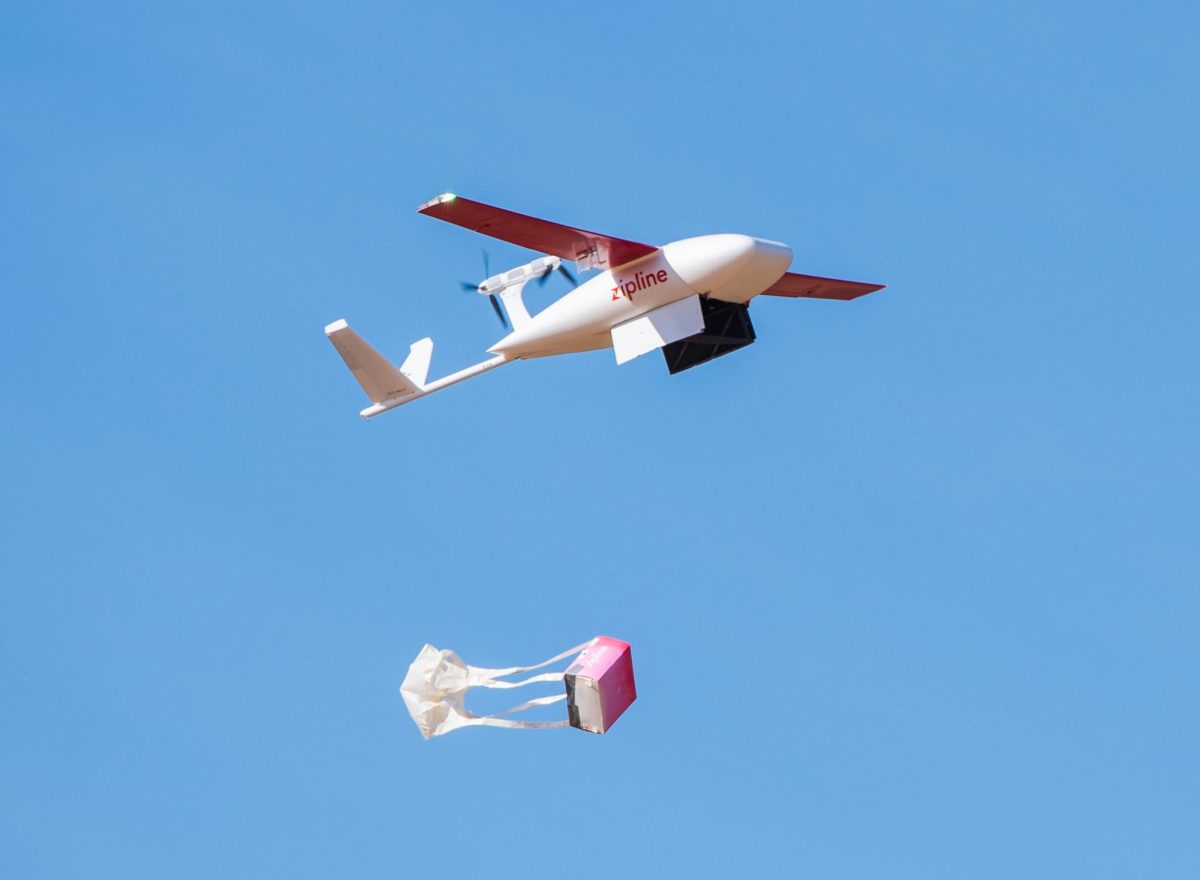Introduction
Monkey-pox is a fast-spreading disease that causes a high fever, headaches, muscle aches, and a rash. Although It hasn’t been known for a while, it is spreading faster than ever in 2024. This disease originated from African rodents and non-human primates such as monkeys. Sadly, at this moment, Monkey-pox has no cure or vaccine. But there are ways to prevent it.
How to prevent Monkey-pox
Once an infected animal or human has been spotted, avoid handling sheets, clothes, food or anything in contact with the infecting being. Someone with Monkey-pox can be spotted if they rapidly scratch themselves on a clustered spot of red bumps. These red bumps can look like blisters, open sores, or pus-filled bumps. Poxviridae and Orthopoxvirus are two of the DNA families that Monkey-pox are a part of it. Make sure that an exposed area on your skin such as a cut or wound doesn’t come in contact with regions where disease is usually found. Such as rodents. Therefore you will be prevented from the Monkey. Also when in contact with these regions make sure protected clothing is worn and hygiene should be practiced such as washing your hands. Meat from wild animals or bush meat shouldn’t be consumed, or uncooked animal products. This can be the source of the virus. Even though animals can spread Monkey-pox, so can humans. Monkeypox can be easily spread through humans because it can be hard to spot someone with it. But, when Monkey-pox is noticed individuals should be isolated in their homes. This helps contain the virus for further notice. To minimize the risks of transmission healthcare workers who are helping people infected by Monkey-pox should wear and use appropriate PPE(personal protective equipment) such as masks, gloves, and gowns. The smallpox vaccine which is used on the smallpox virus has been seen to be effective for Monkeypox. Preventing Monkey-pox from spreading throughout people. This will help in the future if everyone gets a vaccine so people can stay safe. But there are also newer vaccines targeting Monkey-pox only being used in situations where outbreaks occur and individuals are easily exposed. Authorities who specialize in public health have conducted surveillance so Monkey-pox can be detected and traced. This can help prevent wider outbreaks of this virus. Community awareness should be very important. People should be aware of this virus and its risks so everyone can be informed on this fast-spreading virus. People who live near regions where Monkey-pox is seen the most should also be aware of its risks. This is because they are the ones most in danger if Monkey-pox spreads more. By following a preventive guideline, Monkey-pox can be easily contained and it can minimize the spread of this virus.
What is the origin of Monkey-pox?
Monkey-pox dates back to 1958 when it first originated. During this time two outbreaks of a virus similar to a sort of pox-like disease spread in monkeys. These monkeys were kept in Denmark for research purposes. Because of these two monkeys, the name Monkey-pox was created for this disease. Even though Monkeys were the first to get this virus, it was exposed to humans in 1970. The Democratic Republic of the Congo(DRC) was the first country to get exposed to Monkey-pox. It was a 9-month-old boy who was diagnosed with this pox-like virus. Because Monkey-pox and smallpox are similar, it was easy to identify the baby had Monkey-pox because the DRC are eradicated to smallpox. With much understanding of this virus, it was easy to separate the two. It was revealed the first person to get Monkey-pox. Since the discovery of Monkey-Pox, it has been noticed mostly in Central and West African countries near rain forests where rodents are inhabited. The DRC was spotted to have the most cases of this virus. Nigeria, Cameroon, and the Central African Republic have been seen to have monkey pox as well. Monkey-pox is a zoonotic disease. Meaning it can spread through humans and animals. This makes it harder to minimize the spread of this disease. As it can be carried very easily. Small mammals are the only animals to be spotted with Monkey-pox. In 2003, Monkeypox had its first outbreak outside of Africa in the United States. It was spread to the U.S. by an infected importation of animals from Ghana. Luckily no deaths were caused because of this outbreak but many cases were seen. Lastly, there was a recent outbreak in 2022 affecting countries worldwide. Even countries that haven’t been seen to be reported have outbreaks. Due to this concern, the outbreak led to global efforts to restrain the virus. For example, the World Health Organization (WHO) concluded that Monkey-pox isn’t a small virus that lives inside rodents but not a public health emergency that is an international threat.
Conclusion
The fast-spreading Monkey-pox is still being investigated. People are still trying to find more cures for this virus. They are trying to better understand tools and ways to help with Monkey-Pox. Until then everyone should be aware of Monkey-pox and know how to prevent it. Understanding the history of this new virus can help prevent people from getting it.
Related Stories
- https://www.who.int/news-room/fact-sheets/detail/mpox
- https://www.cdc.gov/poxvirus/mpox/about/index.html
- https://my.clevelandclinic.org/health/diseases/22371-
- https://www.samitivejhospitals.com/article/detail/monkeypox-Symptoms-Preventions
- https://www.hopkinsmedicine.org/health/conditions-and-diseases/mpox




